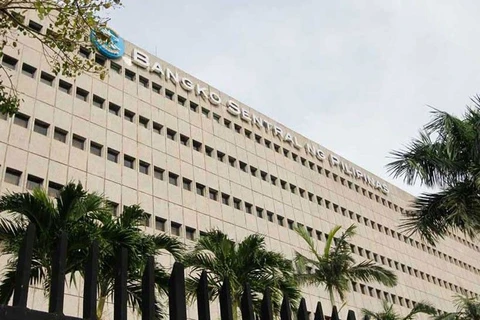Jakarta (VNA) – Indonesia’s external debt remained under control at healthy levels, apparent from its about 37 percent external debt-to-Gross Domestic Product ratio at the end of February, relatively unchanged from the earlier month and within the average of peer nations, according to a statement from the Bank Indonesia (BI).
Moreover, on the basis of original maturity, Indonesia's external debt structure at the end of the reporting period continued to be dominated by long-term maturity debt, reaching 86.3 percent of the overall external debt, reported Antara news agency.
Therefore, despite external debt creeping upwards, the structure remained solid. The BI will ensure bolstering coordination with the government for monitoring external debt and optimising the role of external debt in backing Indonesia’s development financing and looking at the risks that might impact macroeconomic stability.
At the end of February 2019, Indonesia’s external debt clocked in at 388.7 billion USD, comprising government and central bank debt worth 193.8 billion USD and private including state-owned enterprises' debt reaching 194.9 billion USD.
Indonesia's external debt growth of 8.8 percent year-on-year in February was chiefly due to an upturn in the government's external debt.
The government’s external debt increased in February 2019 for financing productive economic sectors, recording nearly 191 billion USD, with growth increasing to 7.3 percent year-on-year, as compared to a rise of 3.9 percent in the January.
The rise was chiefly influenced by an influx of foreign capital to the domestic markets in February, indicating strong investor confidence in Indonesia's economy.
The upsurge of government external debt opens wider opportunities for financing government spending and investment. Priority sectors financed through the government’s external debt were productive sectors for driving growth along with boosting public welfare, among others, human health and social work activities sector, construction sector, education sector, public administration and defence, compulsory social security sector, and financial and insurance activities sector.
Private external debt as of February was recorded at 1.3 billion USD, a stable growth of 10.8 percent against the previous month.
Private debt was largely held by the financial and insurance activities sector; manufacturing sector; electricity, gas, steam and air conditioning supply sector; and mining and drilling sector. The share of external debt in those four sectors to the total private external debt reached 74.2 percent. -VNA
VNA
























